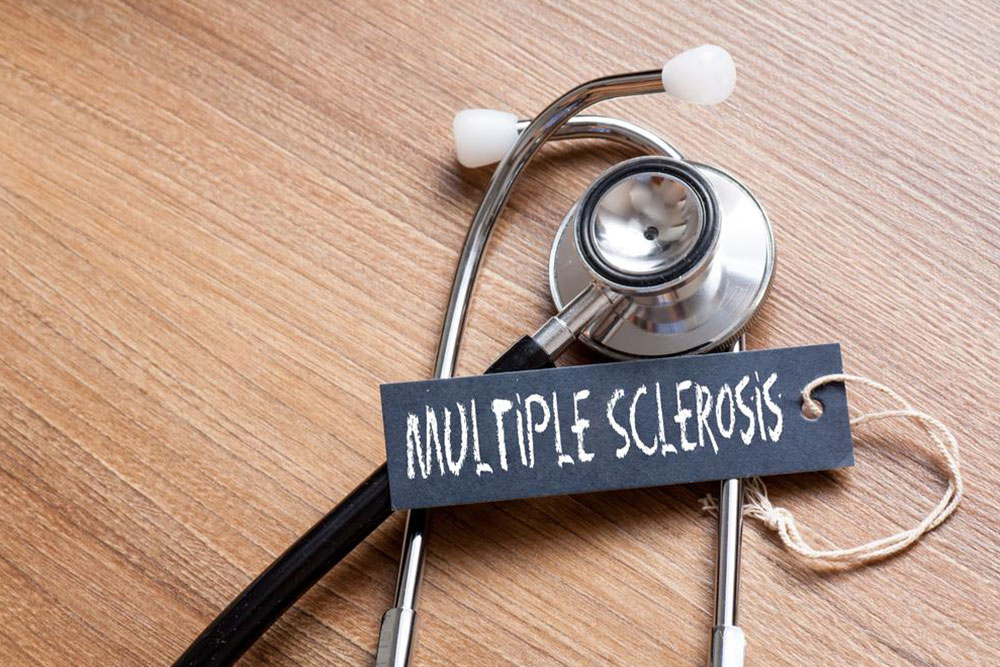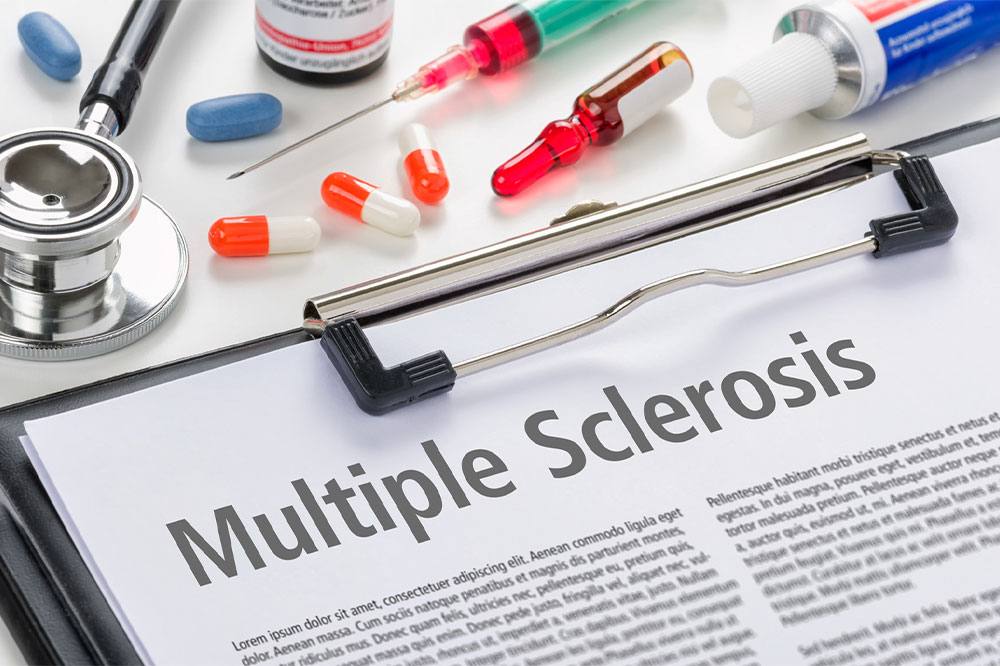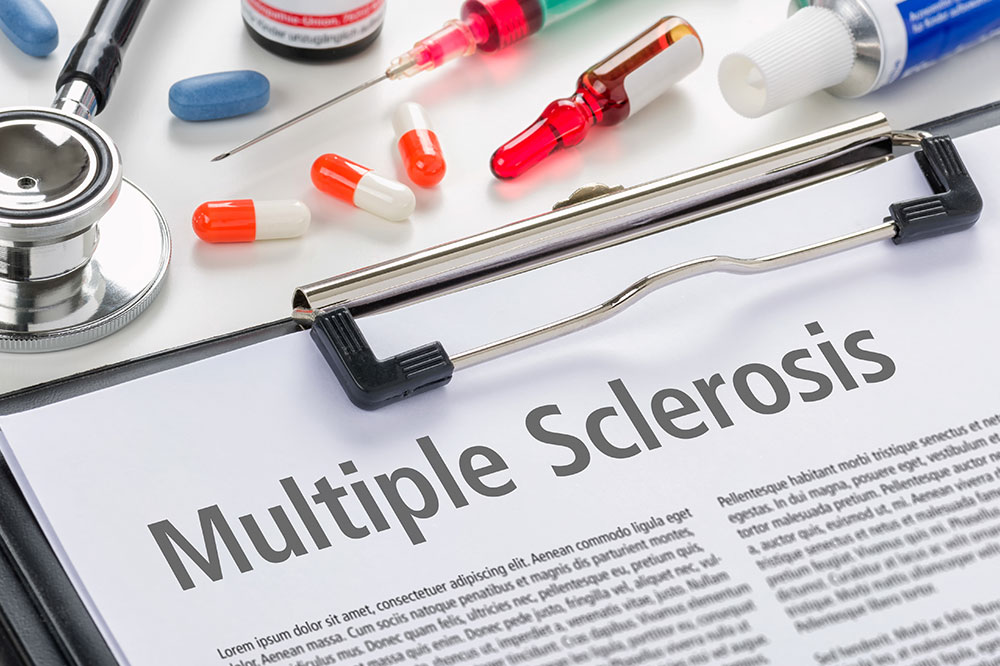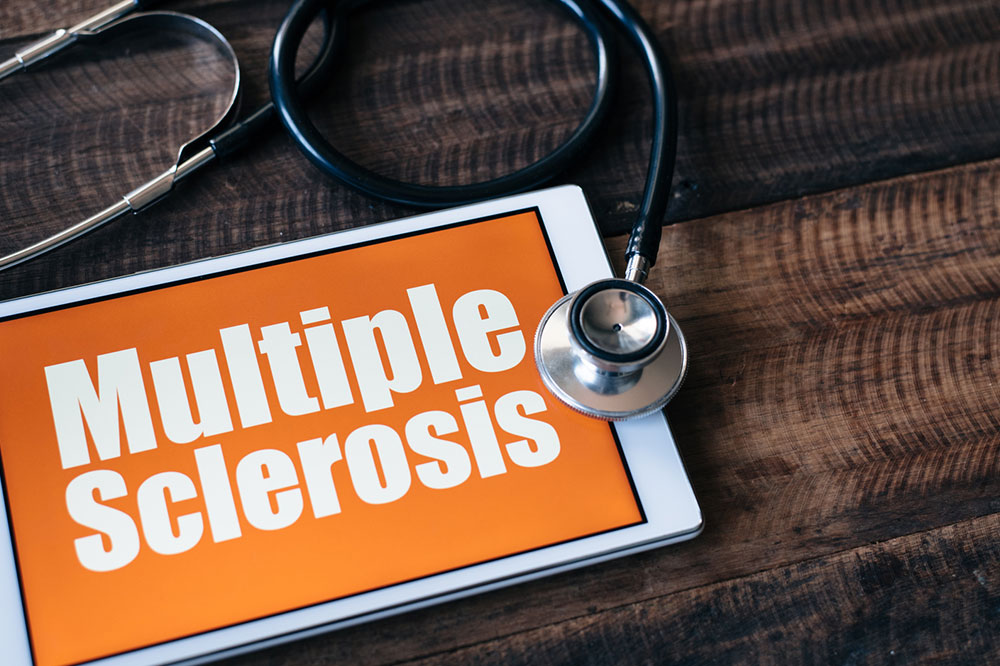Comprehensive Guide to Multiple Sclerosis: Diagnostic Procedures and Treatment Options
This comprehensive guide explores the diagnostic procedures for multiple sclerosis, including patient history, blood tests, MRI imaging, and electrophysiological assessments. It also discusses current and emerging treatment options aimed at managing symptoms, reducing relapses, and slowing disease progression, emphasizing the importance of early diagnosis for better outcomes.

An In-Depth Overview of Multiple Sclerosis: How It’s Diagnosed and Managed
Multiple sclerosis (MS) is a complex neurological disorder characterized by the immune system attacking the central nervous system, particularly the brain and spinal cord. Its symptoms can vary widely, from numbness and tingling to severe disability. Diagnosing MS is often challenging because there is no single test that definitively confirms the condition. Instead, healthcare professionals perform a comprehensive process that includes ruling out other diseases with similar symptoms and utilizing advanced diagnostic tools.
One of the initial steps in diagnosing MS is obtaining a thorough patient history and conducting detailed physical and neurological examinations. This helps clinicians identify patterns of neurological deficits that are typical of MS, such as muscle weakness, coordination problems, vision disturbances, and sensory changes. Given the overlapping symptoms with other neurological disorders, physicians often rely on differential diagnosis to exclude conditions like lupus, Lyme disease, vitamin deficiencies, and other demyelinating diseases.
Blood tests play a crucial role in the diagnostic process. They are used to detect markers that can suggest inflammation, infection, or other autoimmune activity, helping to exclude alternative diagnoses. Specific blood panels may include complete blood counts, erythrocyte sedimentation rate (ESR), and tests for infections that mimic MS symptoms. Additionally, analyzing cerebrospinal fluid (CSF) obtained through lumbar puncture can reveal unique antibodies or proteins associated with MS. These findings often include oligoclonal bands, which are indicative of immune activity within the central nervous system.
Another key component in diagnosing MS involves advanced imaging techniques. Magnetic resonance imaging (MRI) is considered the gold standard for visualizing lesions or plaques in the brain and spinal cord caused by demyelination. The use of gadolinium contrast agents enhances the visibility of active inflammation or new lesions, providing insights into disease activity. MRI scans help clinicians assess the number, size, and location of lesions, which are critical for confirming an MS diagnosis and planning treatment.
Further diagnostic tests, such as evoked potentials, are employed especially in atypical or progressive cases. These tests measure electrical responses in nerves following sensory stimulation and can detect delayed nerve conduction indicative of demyelination. By combining clinical evaluation, laboratory tests, imaging, and electrophysiological studies, healthcare providers can establish an accurate diagnosis.
When it comes to managing multiple sclerosis, the primary goal is to alleviate symptoms, slow disease progression, and reduce inflammation and relapse frequency. Treatment strategies are tailored to each patient and often involve a combination of disease-modifying therapies (DMTs), symptom management, and lifestyle adjustments. Disease-modifying drugs such as interferons, glatiramer acetate, and newer oral agents help modulate the immune response, thereby decreasing the frequency and severity of attacks. In some cases, plasma exchange (plasmapheresis) may be utilized to remove harmful immune factors from the bloodstream, especially during severe relapses or when other treatments are ineffective.
Symptomatic treatments are also crucial in MS management. These include medications for fatigue, spasticity, bladder and bowel dysfunction, pain, and depression. Physical therapy, occupational therapy, and speech therapy can significantly improve quality of life by enhancing mobility, communication, and daily functioning. Additionally, patients are encouraged to maintain a healthy lifestyle, including regular exercise, balanced nutrition, and stress management strategies.
Emerging research on stem cell therapy and neuroprotective agents offers hope for future MS treatments that could repair nerve damage and promote regeneration. Currently, ongoing clinical trials aim to develop therapies that can restore neurological function and halt disease progression more effectively.
Early diagnosis and proactive management are vital in improving long-term outcomes for individuals with MS. A multidisciplinary approach involving neurologists, physiotherapists, and mental health professionals ensures comprehensive care tailored to each patient's unique needs.





